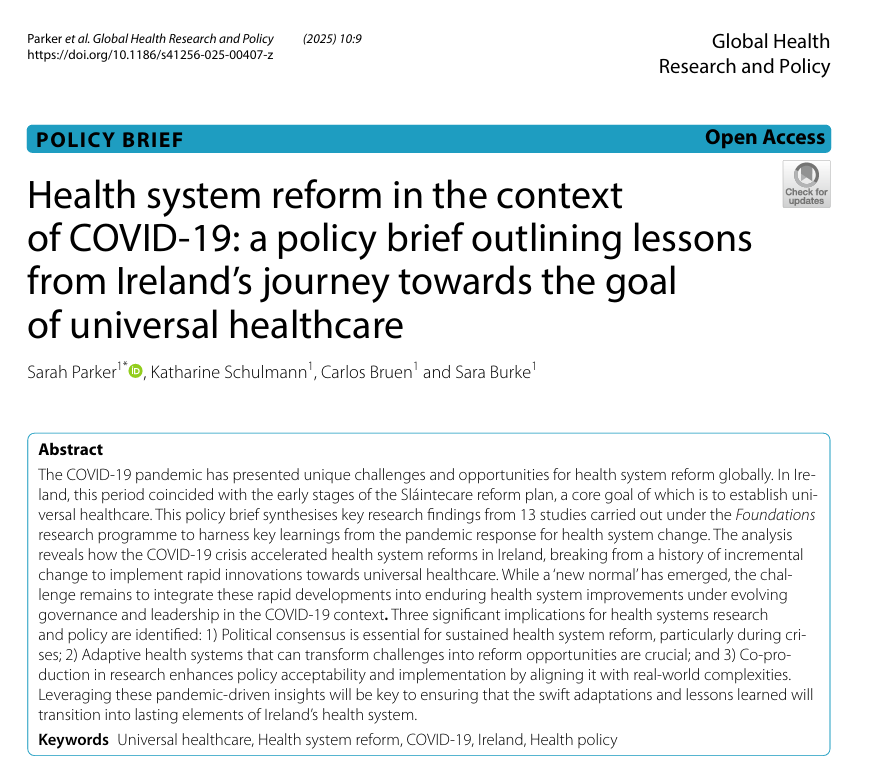The revolutionary impact of 6G technology on empowering health and building a smart society: A scoping review.
Objective: This scoping review investigates the potential of 6G technology in healthcare, particularly in smart city settings, focusing on its enhanced data capabilities, AI's role in healthcare optimization, infrastructure support, interoperability, quality standards, and privacy and security concerns. Patients and methods: The scoping review followed the Arksey and O'Malley framework, with Levac et al.'s methodological advancements. The review team searched academic databases like PubMed/Medline, SCOPUS, Embase, Web of Sciences, and IEEE Xplore. They also explored grey literature sources like Google Scholar, OpenGrey, and Web of Science Conference Proceedings. A search strategy was developed, and 145 studies were selected from an initial pool of 9835 records from 2010 to 2025. The review categorized 145 studies into three phases, focusing on deploying 6G technology in healthcare, the infrastructure required, and ethical considerations related to the technology's ethical implications. Result: Phase one focused on advancements like real-time imaging, performing medical procedures remotely, using predictive tools to analyze data, and providing care tailored to individual patients. Phase two examined how the next generation of wireless technology (6G) could interact with communication systems, including techniques to handle large amounts of data (massive MIMO) and using extremely high-frequency signals (terahertz communications) to transfer information faster. Phase three explored ethical concerns about applying 6G technology, such as systems that make decisions based on user intentions (intent-driven management) and organizing information around data-based designs (data-driven architecture). The review highlights how 6G technology could revolutionize patient care and medical services by enabling faster data transfers, reducing delays, increasing system capacity, and incorporating artificial intelligence. Conclusion: The scoping review shows the capability of the transformative potential of 6G technology, particularly in healthcare and urban development, emphasizing its enhanced data transfer speeds, reduced latency, and increased capacity that can significantly improve patient care through better remote monitoring, security, and telemedicine services. It stresses the vital role of policymakers in guiding the development of 6G infrastructure, ensuring effective spectrum allocation, and implementing robust security measures while addressing health and electromagnetic exposure concerns. Policymakers are urged to adopt security-by-design principles, adhere to international standards, and foster collaboration among academia, industry, and government to drive innovation and ensure the responsible deployment of 6G technology. By stimulating research and establishing clear performance metrics, they can facilitate continuous improvement and adaptation, ultimately benefiting society as a whole. The review concludes that strategic policy formulation is essential for maximizing the advantages of 6G technology, leading to more intelligent, productive, and sustainable societal frameworks.
研究证据
